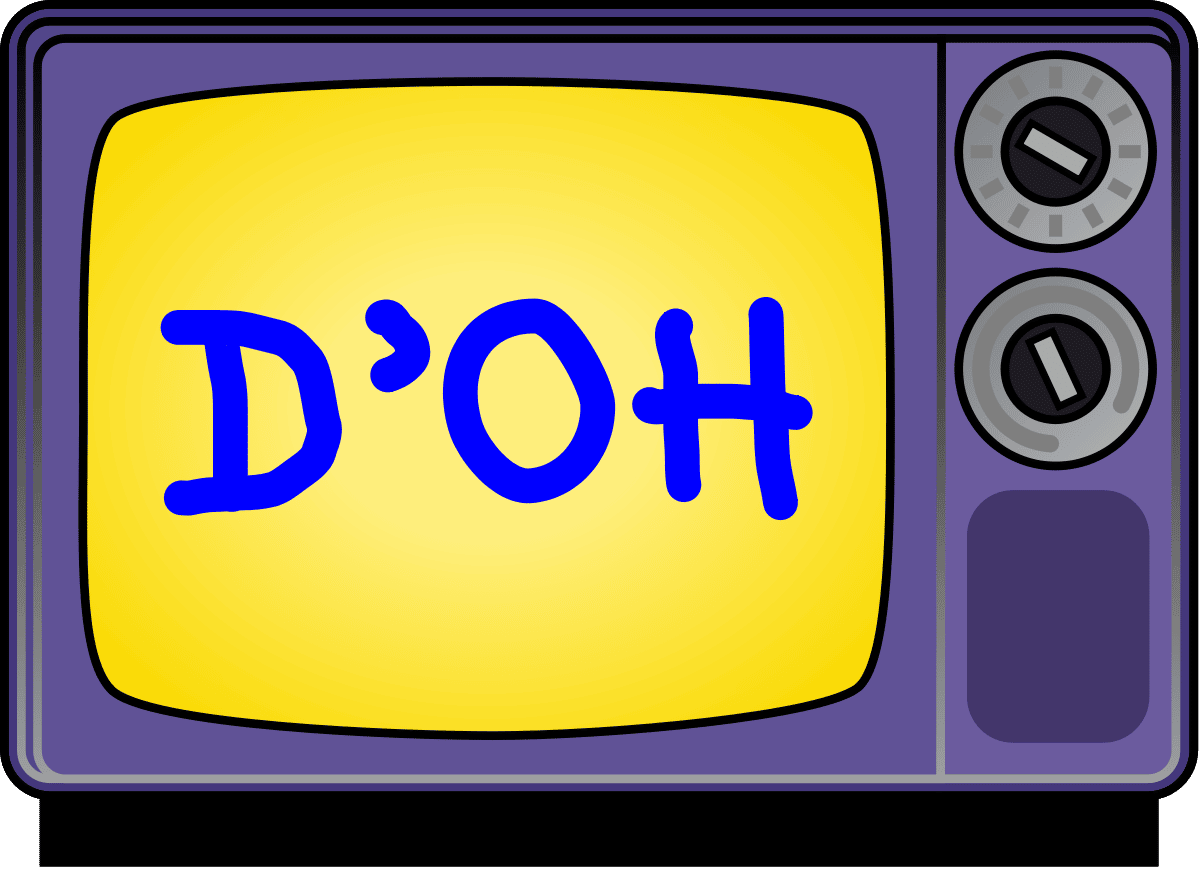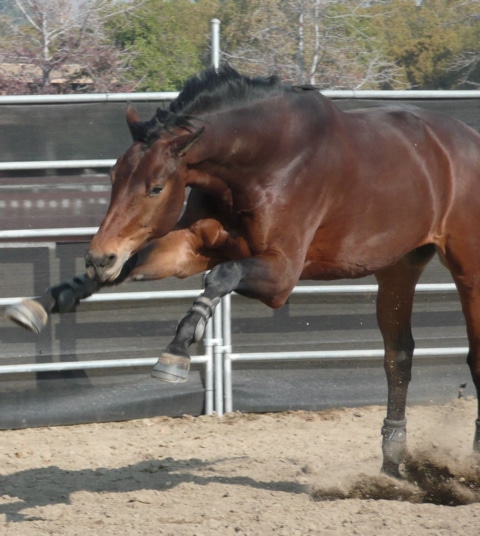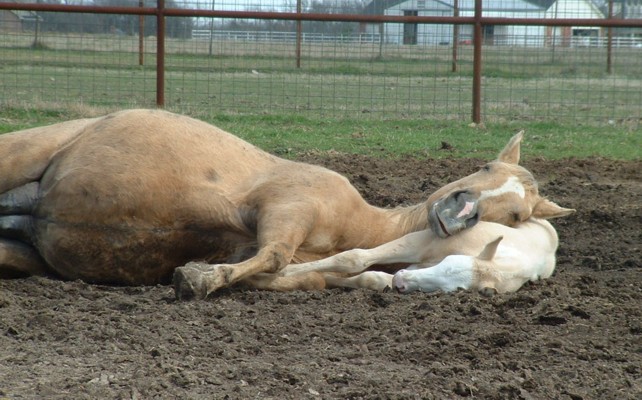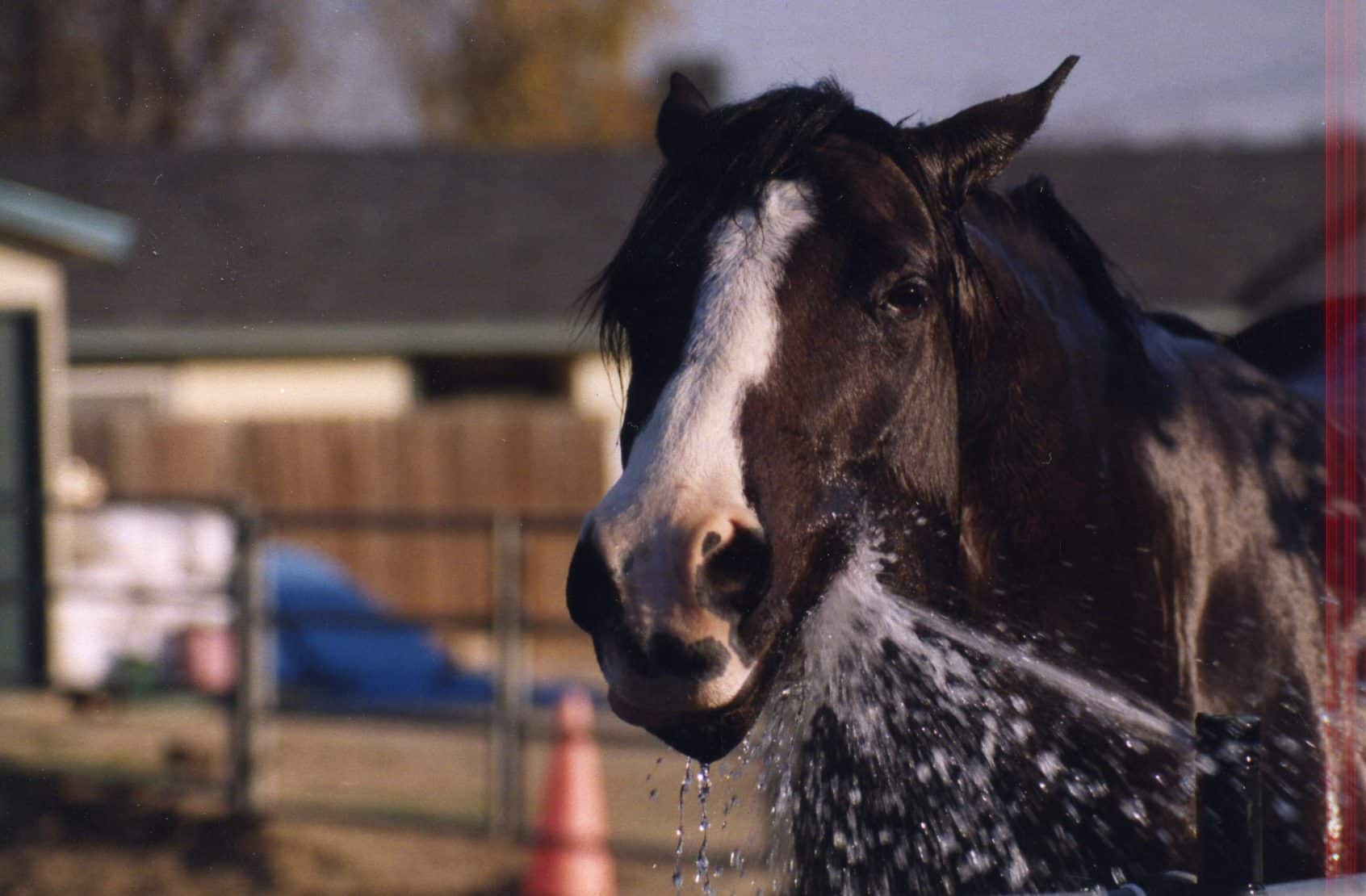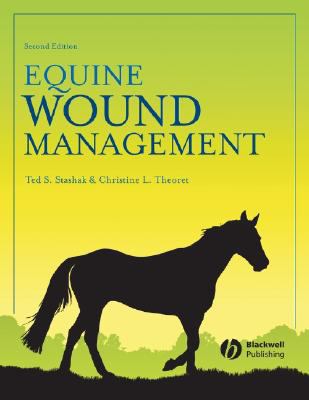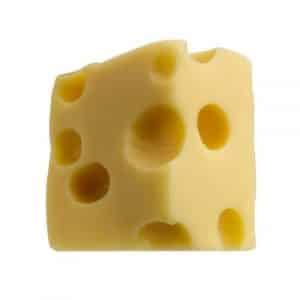 When it comes to supplements, none are more widely advertised than those that are supposed to help the horse’s joints (“help,” as in, “protect,” “support,” or “do something vaguely explained but undoubtedly terrific”). The supplements come in all sorts of packaging and contain all sorts of “active” ingredients (for you grammarians, the quotation marks around the word “active” indicate that the word is alleged to be active, as opposed to actually being proven to be active). And, honestly, I think you should stop buying them.
When it comes to supplements, none are more widely advertised than those that are supposed to help the horse’s joints (“help,” as in, “protect,” “support,” or “do something vaguely explained but undoubtedly terrific”). The supplements come in all sorts of packaging and contain all sorts of “active” ingredients (for you grammarians, the quotation marks around the word “active” indicate that the word is alleged to be active, as opposed to actually being proven to be active). And, honestly, I think you should stop buying them.
No matter which supplement you buy, they’ll all confidently tell you that they’re “chondroprotective,” that is, they somehow protect or otherwise do something wonderful for the horse’s joint cartilage.
ETYMOLOGY NOTE: The “chondro-“ part of the word “chondroprotective” comes from the Greek word chóndros, which refers to a grain (of wheat or salt or some such), and may relate to the fact that cartilage – like grain is chewy when you eat it (seriously, that’s what I found). But I digress.
There are lots of ways that the products are supposed to protect your horse’s joint cartilage, including:
 They’ll (hopefully) help the cells of the cartilage increase the production of protein (collagen) and protein compounds (these compounds are called proteoglycans)
They’ll (hopefully) help the cells of the cartilage increase the production of protein (collagen) and protein compounds (these compounds are called proteoglycans)- They’ll (hopefully) help the cells lining the joint (synovial cells) make more hyaluronic acid (hyaluronic acid is sort of like joint oil, at least in some aspects)
- They’ll (hopefully) help prevent the bad things that are released from inflammatory cells from destroying the joint cartilage
- They’ll (hopefully) help prevent the accumulation of bad proteins, such as fibrin, in tissue around the joints
Hopefully.
“What are these wonderful substances,” you ask? Well prominently featured are:
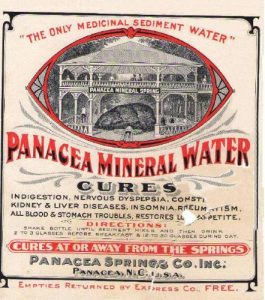 Glucosamine and Chondroitin sulfate – these long chains of sugars and amino acids help make up joint cartilage
Glucosamine and Chondroitin sulfate – these long chains of sugars and amino acids help make up joint cartilage- Hyaluronic acid – a joint “lubricant” that’s also part of cartilage
- Methylsulfonyl methane (MSM) – a source of sulfur, which is also found in cartilage
- Avocado soy, omega 3 fatty acids, and cetyl myristoleate (Cetyl M) – all of which are supposed to help reduce inflammation in the joint
- Vitamin E and Selenium – which are antioxidants (Antioxidants are substances that are alleged to help protect the joints against other compounds known as “free radicals,” which are produced during inflammation).
- Manganese and Vitamin A – which are used to make the joint’s sugar/amino acid compounds
- Copper, Vitamin C, and gelatin – which are used to make tissue protein (collagen), and, in the case of gelatin, any number of colorful, relatively low-calorie desserts.
- Herbs such as Devil’s claw or Indian Celery (also known as “Cow Parsnip”) – which supposedly also help reduce inflammation
PROBLEM #1
 Most of these things – particularly those that are supposed to help build up or somehow otherwise do good stuff for cartilage – are supplied according to the “bigger hammer” theory of medicine. Otherwise stated, if some of something is good, more of something is likely to be better. For joint supplements, that apparently means that if you dump a bunch of stuff that’s part of cartilage – or part of the cartilage-making process – into a bucket and then feed it t a horse, the horse’s body will show it’s gratitude by using it to produce more of whatever it is you want it to produce.
Most of these things – particularly those that are supposed to help build up or somehow otherwise do good stuff for cartilage – are supplied according to the “bigger hammer” theory of medicine. Otherwise stated, if some of something is good, more of something is likely to be better. For joint supplements, that apparently means that if you dump a bunch of stuff that’s part of cartilage – or part of the cartilage-making process – into a bucket and then feed it t a horse, the horse’s body will show it’s gratitude by using it to produce more of whatever it is you want it to produce.
NOTE: Just in case you didn’t know, the cells of the horse’s body don’t necessarily do what you want them to do just because you want them to do something. In fact, the entire horse is like that.
The problem with the “bigger hammer” theory, if course, is that, when it comes to medicine, it’s mostly complete and utter nonsense. Too much of anything generally results in either that thing being eliminated by the horse’s body, stored by it for later use, or being toxic – none of which are particular desirable, and especially if you have to pay a lot of money for it.
That said, let’s look at some of the components that are usually found in joint supplements.
PROBLEM #2
 Sorry. In the preceding sentence, I should have said, “supposed to be found.” That’s because there’s no real assurance that the product that you buy actually supplies what’s on the label. Numerous studies have shown this to be a problem, for example, with glucosamine products (CLICK HERE). However, this niggling fact doesn’t seem to bother some people.
Sorry. In the preceding sentence, I should have said, “supposed to be found.” That’s because there’s no real assurance that the product that you buy actually supplies what’s on the label. Numerous studies have shown this to be a problem, for example, with glucosamine products (CLICK HERE). However, this niggling fact doesn’t seem to bother some people.
GLUCOSAMINE AND CHONDROITIN SULFATE
Glucosamine and chondroitin sulfate are the top two ingredients on the joint supplement product list. In fact, you can find research dating back 50 years on the stuff.
PROBLEM #3 – In 50 years, when one looks at the collective data, glucosamine and chondroitin sulfate have not been shown to actually do anything beneficial for joints. You’d think that was enough time, actually.
It’s not like no one has looked. Over the years, numerous investigators have looked into the research on glucosamine and chondroitin sulfate. So, for example, in 2008, a review presented in Europe concluded that you couldn’t really make any conclusions because of things like poor study design, low numbers of horses, poor statistics, and fuzzy diagnostic criteria (CLICK HERE to see the study).
 In 2013, in a pithily entitled book called, “Equine Applied and Clinical Nutrition: Health, Welfare, and Performance,” concluded the same thing, primarily citing the lack of well-designed studies. A 2014 study couldn’t find any effect, either (CLICK HERE to see that one). And, as recently as 2021, yet another review – this one done in Germany – showed, you guessed it, insufficient evidence for any effect from horse joint supplements (CLICK HERE).
In 2013, in a pithily entitled book called, “Equine Applied and Clinical Nutrition: Health, Welfare, and Performance,” concluded the same thing, primarily citing the lack of well-designed studies. A 2014 study couldn’t find any effect, either (CLICK HERE to see that one). And, as recently as 2021, yet another review – this one done in Germany – showed, you guessed it, insufficient evidence for any effect from horse joint supplements (CLICK HERE).
Now, to be fair, if you look, you can find a study showing that this or that studied parameter has been changed by giving the stuff – particularly if it’s measured in a test tube – but there’s certainly no consistent evidence for any effect in horses: after 50 years or so. The failure to show a consistent effect is a sure sign that a therapy doesn’t work, and especially if those failure keep repeating themselves over a long period time. However, those facts don’t do anything to blunt marketing efforts.
PROBLEMS #4, 5, and 6
Even if there is glucosamine or chondroitin in the supplement product, if may not matter much anyway. There are three primary reasons for this.
 The stuff is very poorly bioavailable. That is, very little of what the horse eats gets absorbed into his body, probably because they are quickly fermented or degraded in the horse’s intestines. (CLICK HERE).
The stuff is very poorly bioavailable. That is, very little of what the horse eats gets absorbed into his body, probably because they are quickly fermented or degraded in the horse’s intestines. (CLICK HERE).- Nobody has any idea of what a “proper” dose might be. When you take a medication, it’s been tested for effectiveness and safety, and a dose is established. Not so with glucosamine and chondroitin sulfate (or much of anything else). As such, even if the product label is accurate, there’s still not an established dose.
- Amounts that have shown some effect in test tube research are something like 1000x higher than what can be achieved by feeding the stuff. 1000x higher is a whole lot higher. For example, a thousand times more than a second is nearly 15 minutes. You get the idea.
DIETARY OILS
Omega 3 fatty acids have been ballyhooed in some circles to potentially help modify inflammation (the “omega” is simply a chemical term). Unfortunately, be it flax seed or fatty acids from the sea (mussels) there doesn’t seem to be much of an effect (CLICK HERE). I suppose that it doesn’t hurt to feed flax seed meal to horses – just don’t expect a dramatic result. “Cetyl-M” (Cetyl myristoleate) is another fatty that gets dumped into some joint supplements, however, the only thing that’s really lacking is a few well-designed studies showing that it does anything.
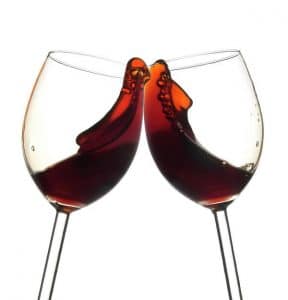 RESVERATROL
RESVERATROL
Resveratrol is one of a group of compounds called polyphenols, that are supposed to act as anti-oxidants and protect horse joints against damage. (They’re also alleged to be responsible for the putative health benefits of red wine.)
There have been a couple of studies on resveratrol in horses, and one in particular, done in 2016 at Texas A&M University, caused brief hubbub (CLICK HERE) at least until the study was read more closely: only 8 of 21 supplemented horses and 7 of 20 placebo horses had returned to full work at the end of the 4-month period during which the horses were observed and most horses were still lame at the end of the study. Add to that the fact that in other species, it’s rapidly metabolized and not very available and it’s safe to say that the putative benefits of resveratrol for horses with arthritis are questionable, at best. Of course, there are other reasons to drink red wine.
 AVOCADOS AND SOYBEAN UNSAPONIFIABLES
AVOCADOS AND SOYBEAN UNSAPONIFIABLES
You can find these in several heavily advertised supplements. The first thing you probably wonder is, “What in the heck does unsaponifiable mean,” and, well, it means that you can’t make the oily mixture into soap when you mix it with lye (seriously, that’s what it means). The products have been evaluated in people – where some beneficial effects have been suggested – but not in horses. Plus, there’s that dose problem, that is, nobody knows what the “proper” does might be for a horse.
NOTE: This is not in any way to take away from avocado’s utility as the most important ingredient in guacamole (CLICK HERE for a good recipe, assuming you like cilantro), or as a wonderful addition to a bacon, lettuce and tomato sandwich (which also turns a BLT into a BLAT).
OTHER STUFF
 You can actually find positive results in the occasional studies of a joint supplement. For example, a bunch of fatty compounds (lipids) derived from sea creatures (mussels, sharks, and such) decreased cartilage inflammation in one study. The only problem was that the cartilage was in a test tube: not a horse. In fact, you can find a number of studies in which giving some combination of ingredients reduces one or two measures of inflammation in experimental models of arthritis. The problem is that it’s not known if these experimental models really have much to do with the naturally-occurring problem of arthritis.
You can actually find positive results in the occasional studies of a joint supplement. For example, a bunch of fatty compounds (lipids) derived from sea creatures (mussels, sharks, and such) decreased cartilage inflammation in one study. The only problem was that the cartilage was in a test tube: not a horse. In fact, you can find a number of studies in which giving some combination of ingredients reduces one or two measures of inflammation in experimental models of arthritis. The problem is that it’s not known if these experimental models really have much to do with the naturally-occurring problem of arthritis.
NOTE: If you’re just trying to reduce or prevent inflammation, there are quite a number of things you can give to your horses in which the dose is known and the content is assured that do just that. However, these products are usually not adorned with fancy labels and earnest assurances of “support.” They’re generally referred to as “medicine.”
HERBS
 I almost forgot herbs.
I almost forgot herbs.
A lot of people think of herbal products as alternatives to drugs, but, of course, they’re not. It’s more accurate to think of herbs as crude drugs that have yet to be measured, standardized, or, in most cases, even tested. Popular herbs that get sold as joint supplements include things like blue-green algae, Devil’s claw, and that ever popular “Indian celery” (which, if it were called by it’s other name, “Cow parsnip,” might be somewhat less appealing).
Once again, with herbs, you have the same problems. Add that to the fact that you usually don’t have a clear mechanism by which the products might work, and that most of them haven’t been studied in horses, well, herbal products become somewhat less appealing (to some of us, anyway). Throw in the fact that some herbs are actually banned in horses that compete (e.g., Devil’s Claw), and you really do have a supplement that combines a wish (that the product might actually do something) with a prayer (that you don’t get caught using it).
 CONCLUSIONS
CONCLUSIONS
Here’s the thing. Despite decades of use all over the world, there’s actually very little evidence to suggest that joint supplements really do anything, and this, after 50+ years. They certainly don’t prevent arthritis or do anything that protects cartilage in a measurable way. In fact, I look at these products’ support for joints in the same way that I look at my support for various sports teams; it’s all fine but, really, the teams would do just fine without me.

